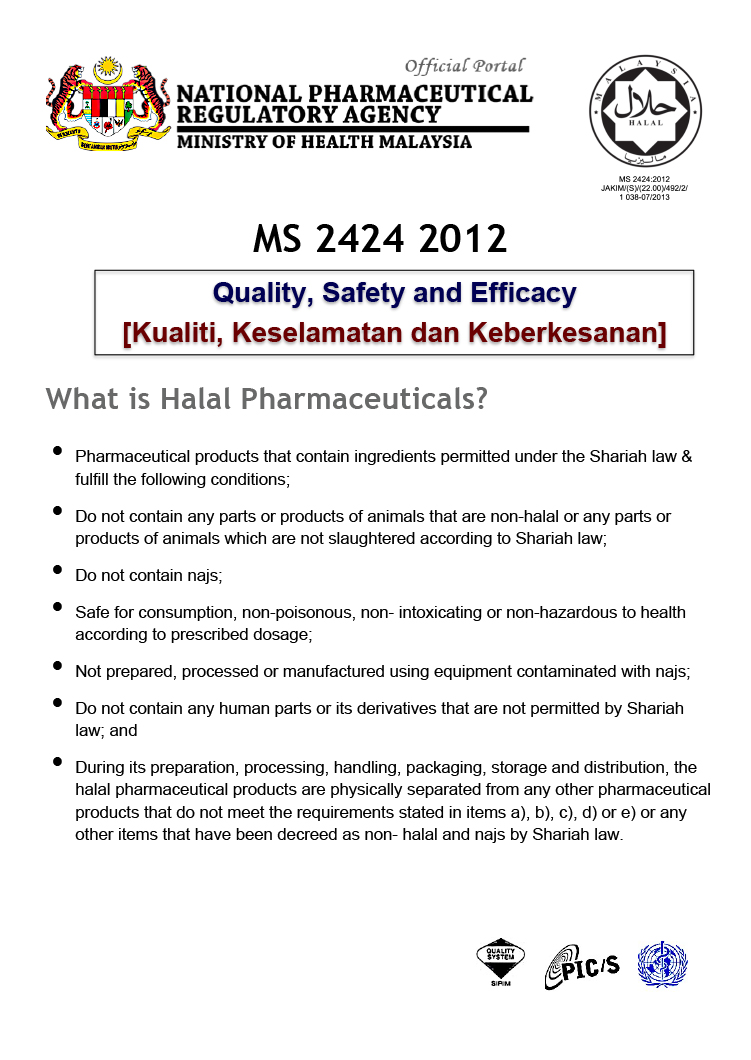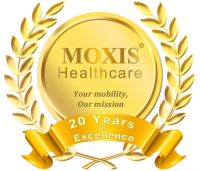Natural Joints and Muscular Pain Relief

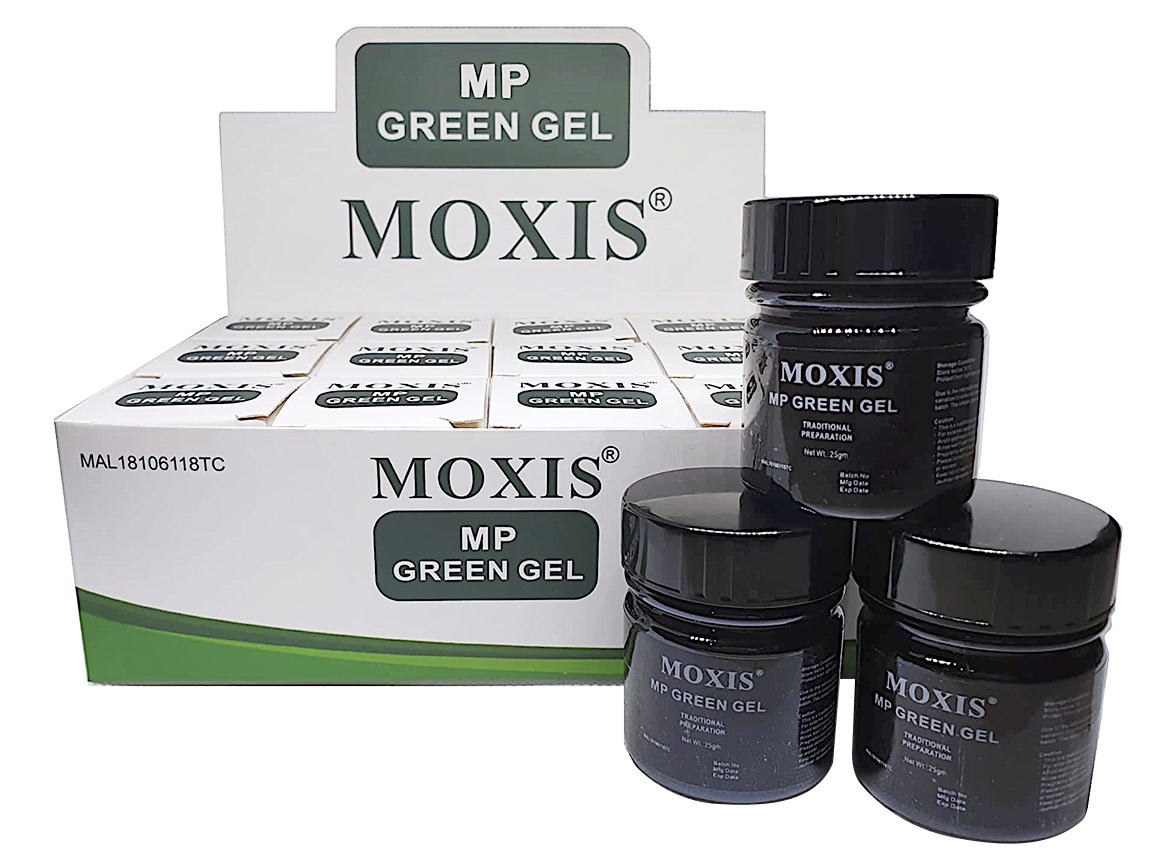

It is a special formulated gel derived from natural ingredients using 3 selected herbs known for its wide-ranging health benefits — Mentha Arvensis, Plectranthus Amboinicus and Plantago Major
The symbiosis and harmonization of these three selected herbs has been analyzed through recent scientific studies and were known for its rich content of useful active ingredients.
Based on research studies in world-recognized journals, it is believed that those active ingredients with its analgesic and anti-inflammation properties effectively help to relieve Joints and Musculoskeletal inflammation and pain.
“The Best Simple Yet Essential Self-Care Product that is
so handy and useful at any time and anywhere”
DESCRIPTION

Natural and external medication for relief of joint and muscular pain.
Anyone can experience musculoskeletal pain. It is most often caused by an injury to the bones, joints, muscles, tendons, ligaments, or nerves. This can be caused by jerking movements, car accidents, falls, fractures, sprains, dislocations, and direct blows to the muscle.
Musculoskeletal pain can also be caused by overuse. Pain from overuse affects 33% of adults. Lower back pain from overuse is the most common work-related.
Poor posture or prolonged immobilization can also cause musculoskeletal pain.
52% reported musculoskeletal disorders (MSDs), and 21% reported stress, depression or anxiety.
OBJECTIVE
Moxis MP Green Gel –
It is a special formulated gel derived from natural ingredients using 3 selected herbs known for its wide-ranging health benefits -– Mentha Arvensis, Plectranthus Amboinicus and Plantago Major.
The symbiosis and harmonization of these three selected herbs has been analyzed through recent scientific studies and were known for its rich content
of useful active ingredients. Based on research studies in world-recognized
journals, it is believed that those active ingredients with its powerful analgesic and anti-inflammation properties effectively help to relieve Joints and Musculoskeletal inflammation and pain.
HOW TO USE
Easy to use (DIY) just apply to the affect area, no need massag
PAIN RELIEF?

Plectranthus Amboinicus (Lour.) Spreng
Phytochemical Constituents and Pharmacological Properties
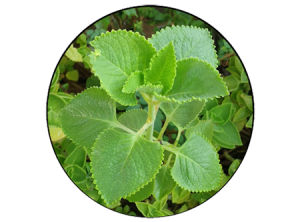
Phytochemical Constituents
The literature survey revealed the occurrence 76 volatiles and 30 non-volatile compounds belonging to different classes of phytochemicals such as monoterpenoids, diterpenoids, triterpenoids, sesquiterpenoids, phenolics, flavonoids, esters, alcohols and aldehydes.
This is mainly due to its natural production of an essential oil with high amounts of bioactive compounds such as Carvacrol, Thymol, Caryophyllene, Humulene, -Terpinene, p-Cymene, Terpineol and -Selinene, identified in the oil component of its leaves. These biochemical components exhibit various biological properties.
Pharmacological Properties
Studies have cited numerous pharmacological properties including antimicrobial, antiinflammatory, antitumor, wound healing, anti-epileptic, larvicidal, antioxidant and analgesic activities. Also, it has been found to be effective against respiratory, cardiovascular, oral, skin, digestive and urinary diseases.
Antimicrobial Activities; Antibacterial Activities; Antifungal Activities; Antiviral Activities; Respiratory Disorders; Activity against Digestive Diseases; Antiepileptic Activity; Antitumorigenic Activities; Anti-Inflammatory Activities Wound Healing Activities; Effects against Skin Diseases; Effects against Animal and Insect Bites; Lactogenic Activity; Antioxidant Activities; Oral Diseases; Larvicidal Potential; Activity against Cardiovascular Disorders; Activity against Genitourinary Diseases; Analgesic Activity
References:
Greetha Arumugam, Mallappa Kumara Swamy * and Uma Rani Sinniah
- Department of Crop Science, Faculty of Agriculture, Universiti Putra
- Malaysia, Serdang, Selangor, Darul Ehsan 43400, Malaysia
Folks Medicine & Pharmacological Properties –
Pain Relief & Anti-inflammation
It is widely used in folk medicine to treat conditions like cold, asthma, constipation, headache, cough, fever and skin diseases. The plants are commonly used in Chinese folk medicine for the treatment of cough, fever, sorethroats, mumps, and mosquito bite [01, 02]. Also, it has been found to be effective against respiratory, cardiovascular, oral, skin, digestive and urinary diseases [03]. It is also used to treat musculo-skeletal conditions such as a stiff neck and backache.
Anti-Inflammatory Activities
The hexane extract (HE) of P. amboinicus was also shown to exhibit anti-inflammatory activity. [04]. A significant reduction of the paw edema was observed at doses of 150, 250 and 350 mg/kg of the HE of P. amboinicus.
Analgesic and Anti-inflammatory Activities of the Aqueous Extract from Plectranthus amboinicus (Lour.) Spreng. Both In Vitro and In Vivo.
PA inhibited pain induced by acetic acid and formalin, and inflammation induced by carrageenan. Findings suggest that PA has analgesic and anti-inflammatory activities. [05].
Potential Use of Plectranthus amboinicus in the Treatment of Rheumatoid Arthritis.
Plectranthus amboinicus (P. amboinicus) is a folk herb that is used to treat inflammatory diseases or swelling symptoms in Taiwan. P. amboinicus significantly inhibited the footpad swelling and arthritic symptoms in collagen-induced arthritic rats, while the serum anti-collagen IgM and CRP levels were consistently decreased. The production of pro-inflammatory cytokines TNF-α, IL-6 and IL-1β were also decreased in the high dosage of P. amboinicus group. Here, we demonstrate the potential anti-arthritic effect of P. amboinicus for treating RA, which might confer its anti-rheumatic activity. This differs the pharmacological action mode of indomethacin. [06].
References
[01] C. W. Lukhoba, M. S. J. Simmonds, and A. J. Paton, “Plectranthus: a review of ethnobotanical uses,” Journal of Ethnopharmacology, vol. 103, no. 1, pp. 1–24, 2006.
[02] A. Senthilkumar and V. Venkatesalu, vol. 107, no. 5, pp. 1275–1278, 2010.
[03] Greetha Arumugam, Mallappa Kumara Swamy * and Uma Rani Sinniah * Department of Crop Science, Faculty of Agriculture, Universiti Putra Malaysia, Serdang, Selangor, Darul Ehsan 43400, Malaysia, 2016.
[04] Gurgel, A.P.; da Silva, J.G.; Grangiero, A.R.; Oliveira, D.C.; Lima, M.P.; Silva, A.C.; Oliveira, A.G.; Souza, I.A. 2009, 125, 361–363. [CrossRef] [PubMed]
[05] Chiu, Y.J.; Huang, T.H.; Chiu, C.S.; Lu, T.C.; Chen, Y.W.; Peng, W.H.; Chen, C.Y.. Evid Based Complement. Altern. Med. 2012, 2012, 1–11.
[06] J. M. Chang, C. M. Cheng, L. M. Hung, Y. S. Chung, and R. Y. Wu,” Evidence-Based Complementary and Alternative Medicine, vol. 7, no. 1, pp. 115–120, 2010.
MENTHA ARVENSIS LINN. Phytochemical
Constituents and Pharmacological Properties
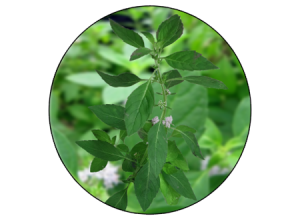
Phytochemical Constituents
Mentha arvensis consists of menthol (35%-70%), menthone (15%-30%), (-)-menthyl acetate (4-14%) and pulegone (1-4%). Mentha arvensis also consists of β pinene, β-phellandree, cadinene, methyl esters, amyl alcohol, acetaldehyde, cadinene, dimethyl sulphide, α-pinene, sabinene, terpinoline, trans- ocimene, α-thujone,β-thujone, citronellol and luteolin-7-O-rutinoside, limonene (1.0-5.0%), cineole (3.5-14.0%), menthofuran (1.0 -9.0%), isomenthone (1.5-10.0%), isopulegol (max. 0.2%), pulegone (max. 4.0%) and carvone (max. 1.0%). Chemical constituents: (Dr.Duke’s phytochemical and Ethnobotanical Databases, 1985)
Pharmacological effects: –
Antiulcerogenic Effect (Berman et al., 1999);
Inflammatory bowel syndrome (Hunt et al., 2000);
Antibacterial (John A De Britto, Steena Roshan, 2012);
Antifungal (Bina and Usha, 2013);
Cisplatin induced nephrotoxicity (Rajneesh Kumar Singh et al., 2014);
Anticancer (Vikas Sharma and Shabir Hussain, 2014);
Hepatoprotective (Kowti rajash et al., 2013);
Antidiabetic (Mohd Habibullah Khan and Yadava, 2010);
Anti Candida (Karla et al., 2012);
Analgesic (Nripendra Nath Biswas et al., 2014);
Antiallergic (Farnaz Malik and Shahzad Malik, 2012);
Anti-inflammatory (Farnaz Malik and Shahzad Malik, 2012);
Insecticidal (Hana H. Mohammed, 2013);
Anti arthritic activity (Jaya V Sankar Reddy, 2014);
In vitro thrombolytic activity (Shah Md. Shahik et al., 2014);
Sedative and Hypnotic (Verma and Arora, 2003);
Anti-helminthic (Nikesh et al., 2011);
Radio protective (Ganesh and Manjeswar, 2002);
Antibiotic Resistance–Modifying (Marta cristina texeira durate, 2005);
Source: International Journal of Current Research Vol. 8, Issue, 07, pp.34120-34123, July, 2016
Folks Medicine & Pharmacological Properties –
Pain Relief & Anti-inflammation
In the traditional medicine the plant (Mentha arvensis Linn.) has been used as antiseptic, carminative, Headache, stomachic, and a refrigerant. It is also used in Helmenthiasis, flatulence, Vomiting, Diarrhea, cough, Asthma, Bronchitis, skin diseases, dental caries, Jaundice, fever, general weakness (Kirtikar et al., 1984), hypertension and ischemic heart diseases (Saima Gul et al., 2014).
Analgesic: The ethyl acetate, ethanolic and aqueous extract of both root and aerial parts of Mentha arvensis Linn. showed a very good central and peripheral analgesic activities (Nripendra Nath Biswas et al., 2014).
Anti arthritic activity: The Methanolic leaf extracts of Mentha arvensis Linn. are reported to possess anti arthritic activity by complete freunds adjuvant induced arthritis arthritis induced male albino rats (Jaya V Sankar Reddy, 2014).
Anti-inflammatory: On anti-inflammatory testing of the aqueous, ethanolic and methanolic extracts of Mentha arvensis Linn. using histamine induced paw edema model showed anti- inflammatory effect suggesting the presence of compounds capable of inhibiting histamine release from the mast cells and/or block histamine receptors (Farnaz Malik and Shahzad Malik, 2012).
Source: International Journal of Current Research Vol. 8, Issue, 07, pp.34120-34123, July, 2016
In analgesic test, the extract demonstrated statistically significant (P<0.01) analgesic effect in acetic acid induced writhing in white albino mice at both dose levels (erma SM, Arora H, Dubey R. Anti-inflammatory and sedative- hypnotic activity of the methanolic extract of the leaves of Mentha arvensis. (Anc Sci Life 2003; 23: 95-99).
The ethanolic calyx extract of M. arvensis showed significant antioxidant, anti-bacterial, cytotoxic and analgesic activities that supports this plant for the treatment of traditional medicine. (Nripendra Nath Biswas et al./Asian Pac J Trop Biomed 2014; 4(10): 792-797 )
PLANTAGO MAJOR L.
Active Constituents and Pharmacological Properties

Phytochemical Constituents
Phytochemical analysis of P. major extract has indicated that this plant contains a wide range of chemicals such as polysaccharides, lipids (saturated and non-saturated), amino acids (essential and non-essential), caffeic acid derivatives, flavonoids, iridoidglycosides and terpenoids, which have the potential to exert different biological effects. Phenols (ferulic acid), flavonoids and tannins have the highest amount in Plantagoleaves.
Leaves of the plant are rich sources of essential fatty acids and also of carotenes (Guil-Guerrero and Rodríguez- García, 1999). Ferulic acid which has high amounts in plantago (especially in seeds)is a hydroxyl cinnamic acid, a type of organic compound (Mohamed et al., 2011). It is an abundant phenolic phytochemical found among plant cell wall components (Fig.2). Ferulic acid, like many natural phenols, is an antioxidant in vitro. Recently in vitro and animal model studies have suggested that ferulic acid may have direct antitumor activity against breast and liver cancer (Valentão et al., 2001; Pierre et al., 2006).
Pharmacological effects:-
Immune Enhancing Effects (Nathan and Hibbs, 1991;Hibbset al., 1988.);
Hepatoprotective Effects (Türelet al., 2009; Attaet al. 2006);
Anti-ulcerogenic Effects (Atta et al., 2005; Cogoet al. 2010);
Antidiarrheal Effects (Atta and Mouneir, 2005);
Antinociceptive Effects (Atta and Abo EL-Sooud, 2004);
Antioxidant and Free Radical Scavenging Effects (Kumpulainen and Salonen, 1999; Cook and Samman, 1996);
Anticancer Effect (Gálvezet al., 2003; Gálvezet al., 2003);
Hematopoietic Effects (Velasco-Lezama et al., 2005);
Wound Healing Effects (Samuelsen, 2000; Roca-Garcia, 1972; Zubairet al., 2012; Yokozawaet al., 1997);
Anti-inflammatory Effects (Morais Lima et al., 2011; Levine and Reichling, 1999; Ringbomet al., 1998; Middleton et al., 2000;Havsteen, 2002);
Anti-fatigue Effects (Mao-yeand and Li-guo, 2011);
Antigenotoxic (Karamova et al., 2010);
External Poison Detoxification (Akram et al., 2007).
SOURCE: ISSN 2090-4304, Journal of Basic and Applied Scientific Research
Folks Medicine & Pharmacological Properties –
Pain Relief & Anti-inflammation
Leaves and seeds of the plant have been widely used in folk medicine for various purposes, including treatment of an extensive range of diseases and disorders such as respiratory complications and digestive system affections. It has been also used in wound healing and as an anti-inflammatory, antimicrobial and antitumor agent. Moreover, plantain contains ingredients, which can neutralize internal and external poisons. Recent studies have also shown its anti-fatigue properties. Native Americans carried powdered roots of P. major as protection against snake bite or to ward off snake. As traditional Chinese medicine, P. major has long been used for treating viral related disease from colds and influenza to viral hepatitis (Chiang et al., 2002).
Antinociceptive & Analgesic Effects activity of Plantago.
Oral administration of 400 mg/kg of the seed extract showed significant nociceptive activity against acetic acid-induced writhes with a protection of 62.3%. The leaf extract at the dose of 400mg/kg produced significant increase in the latency to the tail response to thermal stimulation (Atta and Abo EL-Sooud, 2004). This test is useful for evaluation of mild analgesic non-steroidal anti-inflammatory compounds (Ferreira and Vane, 1974; Berkenkopf and Weichman, 1988).
Analgesic and Anti-inflammatory Activities of the Aqueous Extract of Plantago major L.
- Effect on the Rat Paw Edema Induced by Carrageenin.
Pretreatment of rats with the extract inhibited the paw edema induced by carrageenin.
- Pleurisy Induced by Carrageenin.
The Plantago extract also prevented formation of exudate and leucocytes mobilization induced by intrapleural injection of carrageenin.
- Ear Edema Induced by Croton Oil
Daily treatment with AE during the pouch inflammation reduced the exudate volume
- Effect on the Acetic Acid Induced Writhing in Mice
Treatment with AE reduced the number of writhes.
The aqueous extract of Plantago major shows antiinflammatory and analgesic activities. Both effects appear to be related to an inhibition of prostaglandins synthesis because the plant extract reduced the inflammatory responses induced by either carrageenin or croton oil, as well as pain stimuli induced by chemical substances, as observed with curr- ently employed antiinflammatory agents.
Source: International Journal of Pharmacognosy 1997, Vol. 35, No. 2, pp. 99–104
Abdominal Discomfort
Accident
Allergic
Bedsore
Blood Circulation
Fever
Cough
Bruises
Flu
Muscle & Bone Joint Sore & Pain
Headache
Insect Bite
Itchiness
Menstrual Pain
Fungal Infection
Piles
Sleep Disorder
Rashes
Refreshing
Sculp Infection
Pimples
Sore Throat
Dato’ Sri Johhny Ch’ng
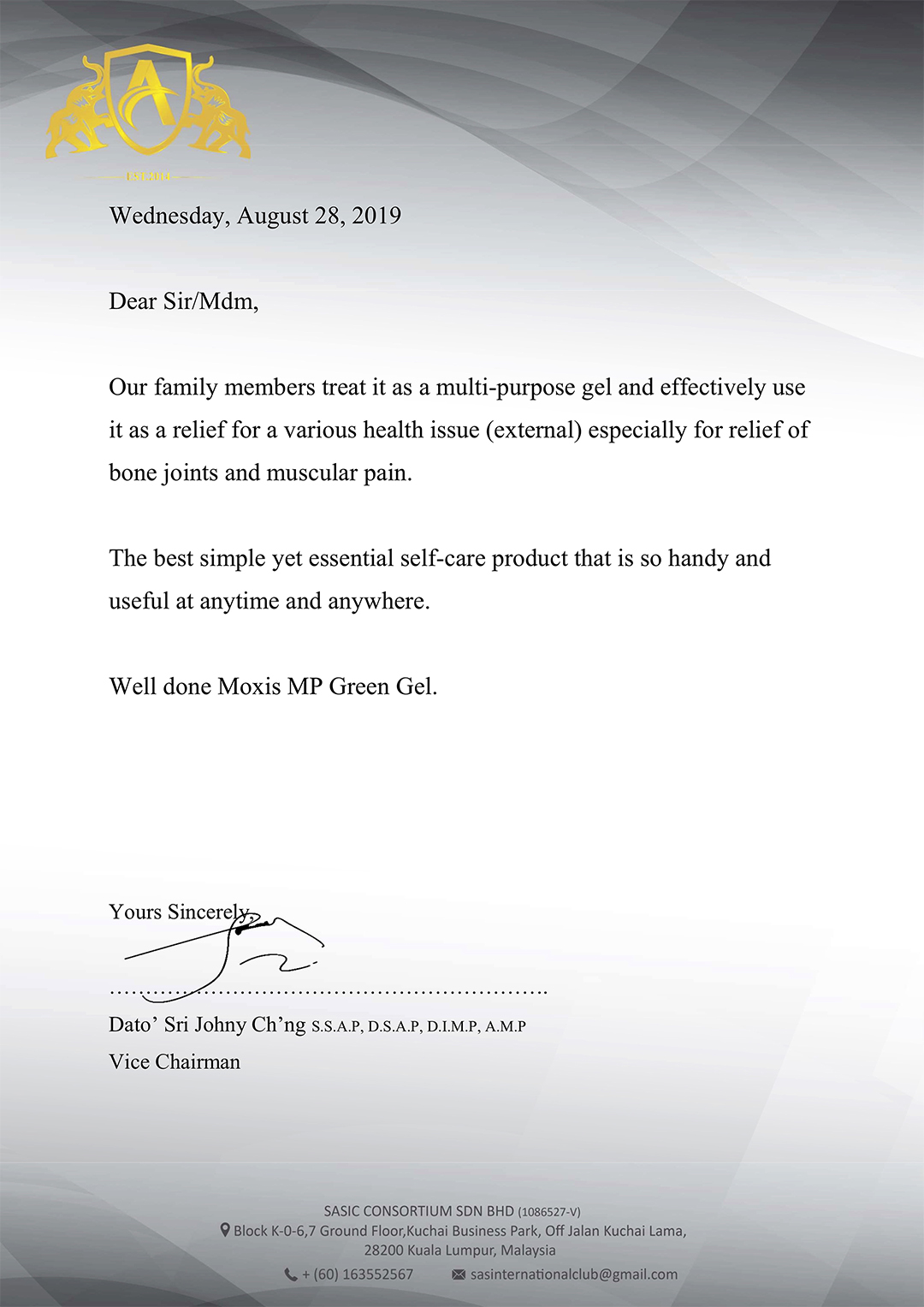
What is GMP – WHO ?
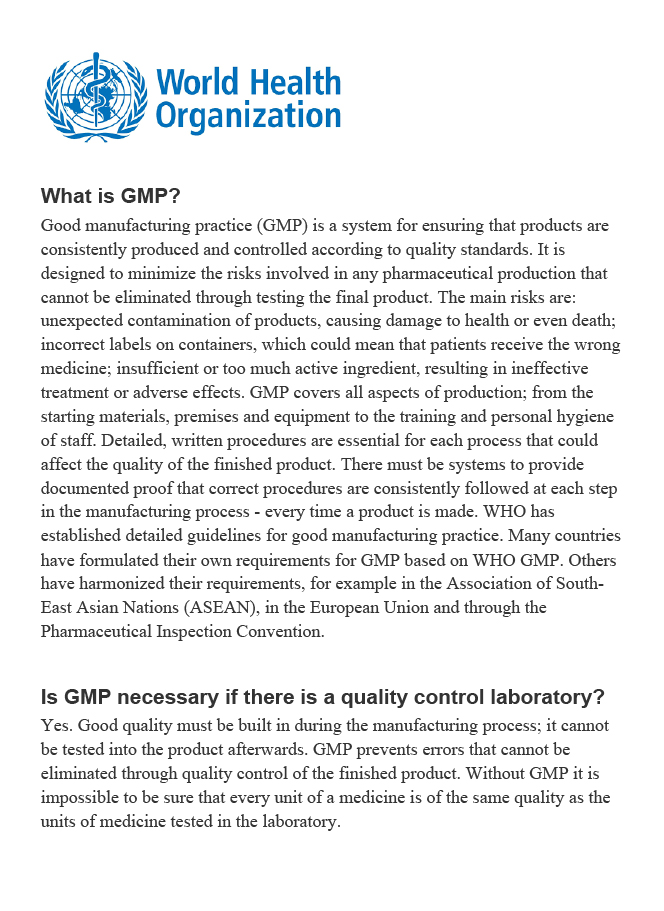
What is GMP – NPRA ?
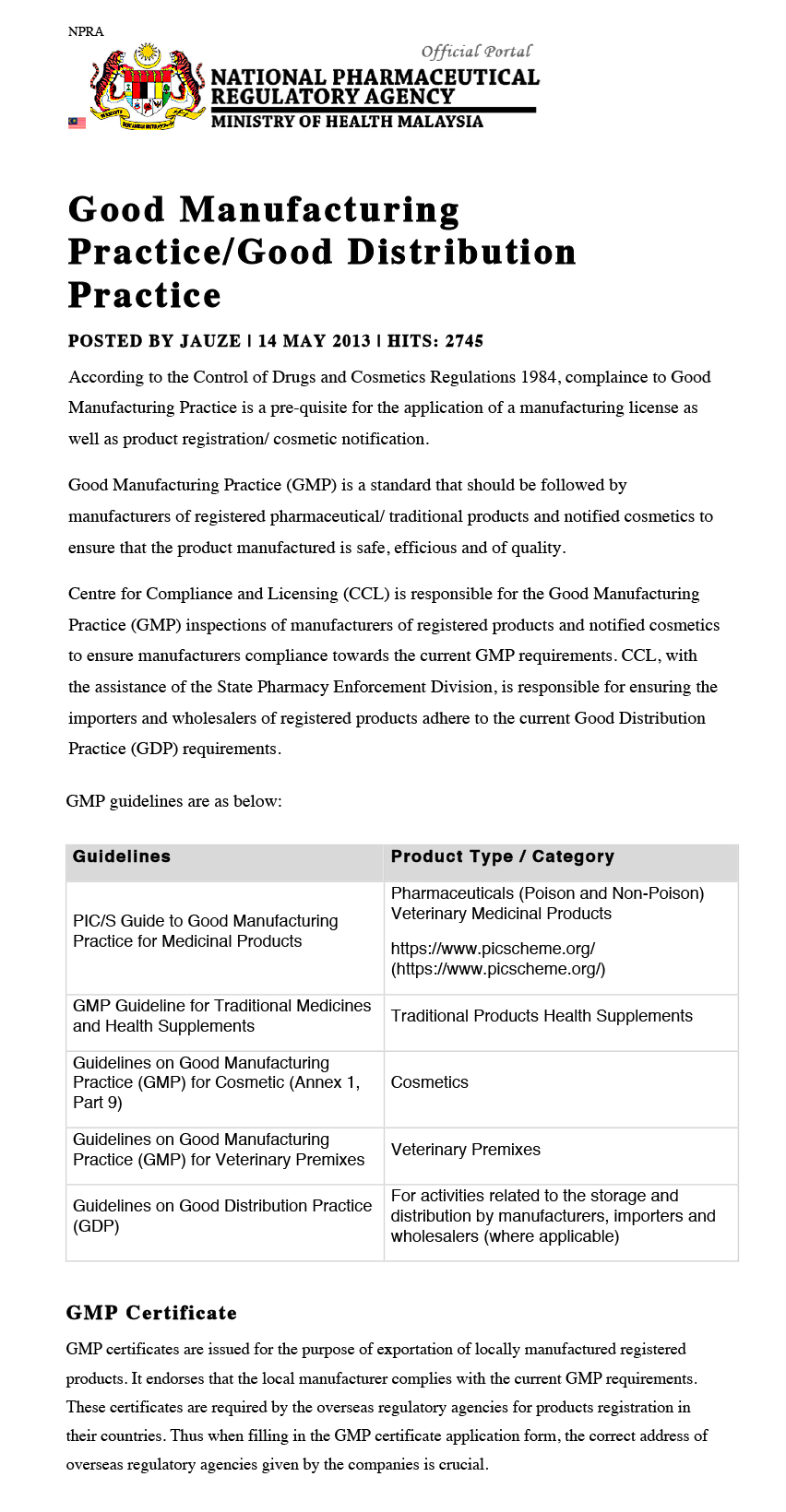
What is Halal Pharmaceutical?
